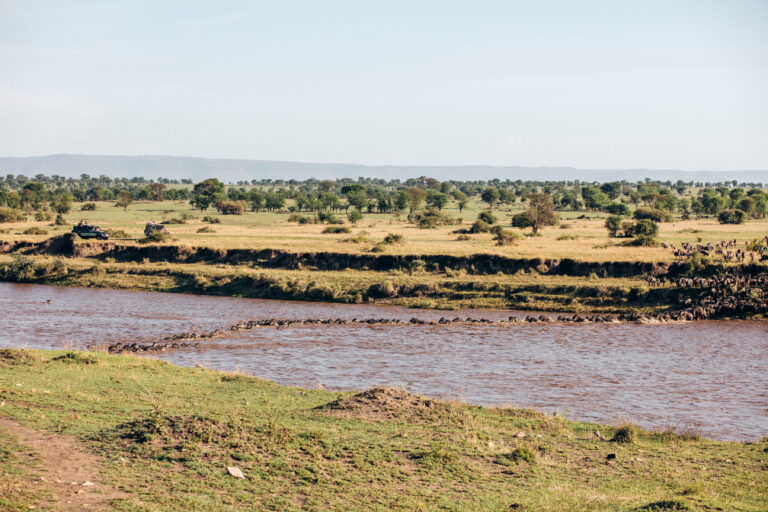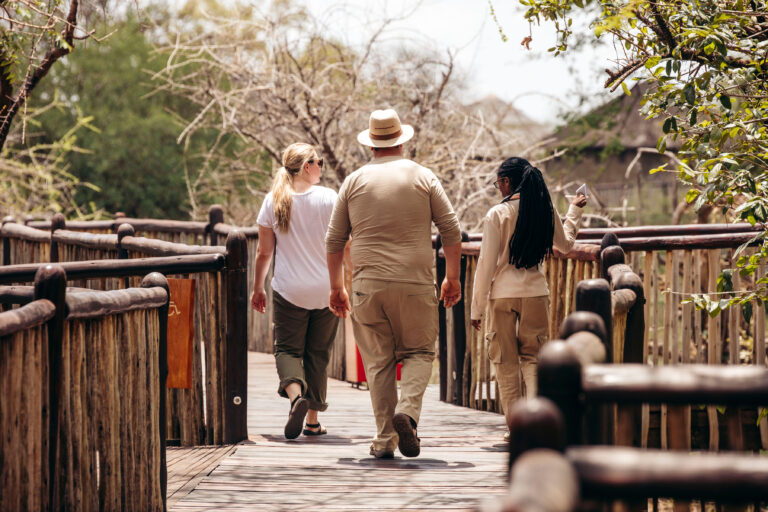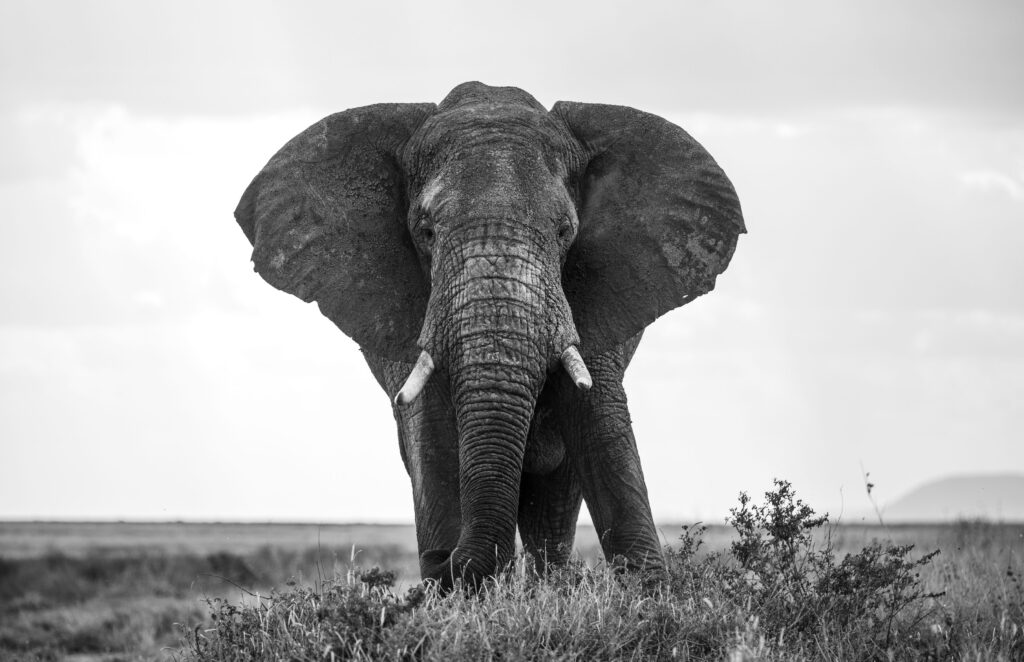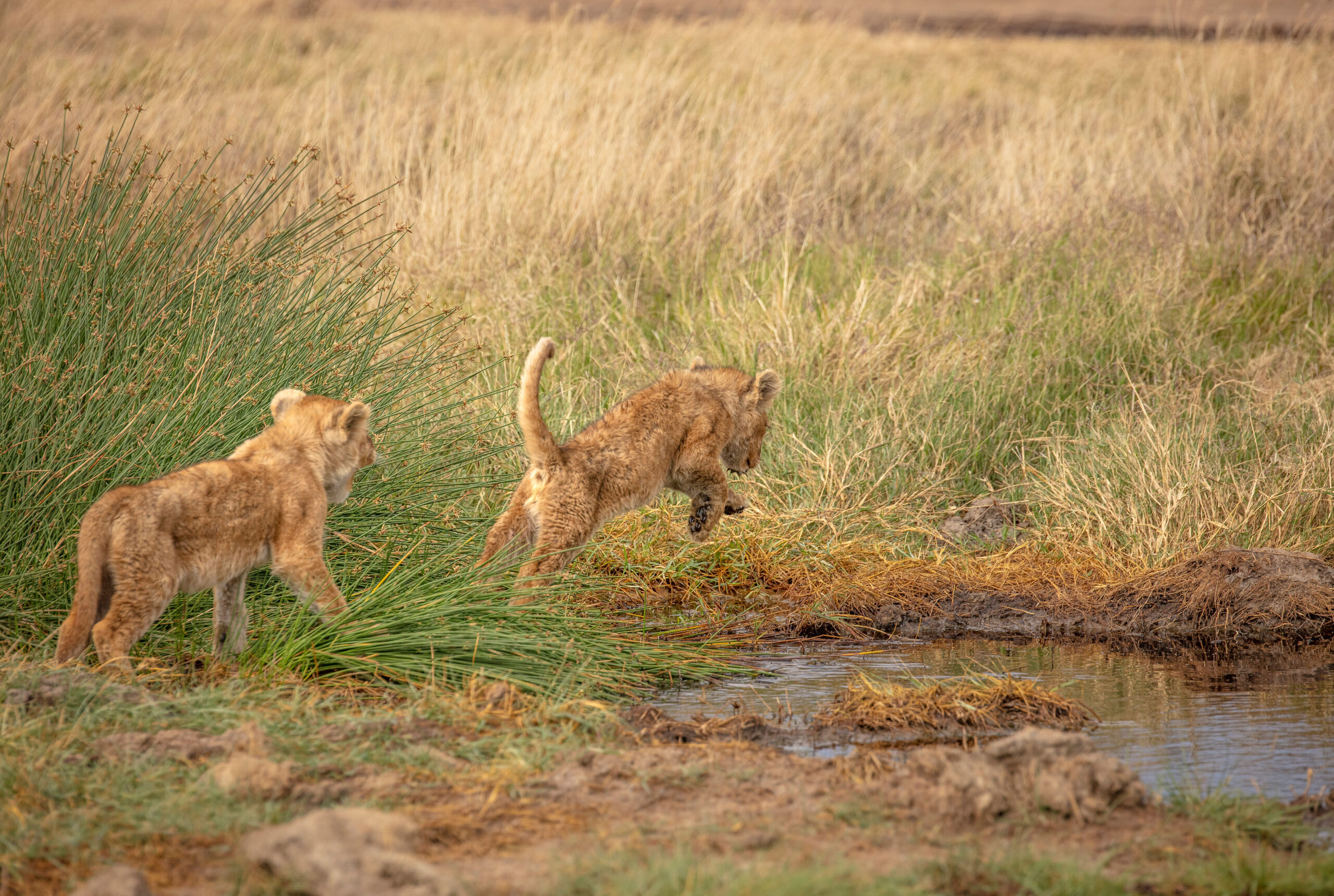Best Time for Tanzania Safari
Tanzania is one of the world’s most spectacular safari destinations, offering breathtaking landscapes, abundant wildlife, and the awe-inspiring Great Wildebeest Migration. However, the timing of your trip can significantly impact your experience. Whether you want to see river crossings in the Serengeti, witness the calving season, or avoid the crowds, choosing the right time for your safari is crucial.
Let’s dive into the best times to visit Tanzania based on the seasons, wildlife activity, and budget considerations.
Understanding Tanzania’s Safari Seasons
Tanzania has two main seasons that affect safari experiences:
Dry Season vs. Wet Season
- Dry Season (June to October): The best time for general wildlife viewing. Animals gather around water sources, and the vegetation is sparse, making it easier to spot them.
- Wet Season (November to May): Lush green landscapes, fewer tourists, and excellent opportunities for birdwatching. Some areas become challenging to access due to rain.

Best Time to See the Great Wildebeest Migration
One of the biggest highlights of a Tanzania safari is witnessing the Great Wildebeest Migration. The timing depends on the movement of millions of wildebeest and zebras across the Serengeti and into Kenya’s Maasai Mara.
River Crossings in the Northern Serengeti (July – September
This is the most dramatic part of the migration, as thousands of wildebeests brave crocodile-infested waters while crossing the Mara River.
Calving Season in Ndutu (January – March)
The southern Serengeti and Ndutu region come alive with newborn wildebeests. This is a prime time for predator action, as lions and cheetahs take advantage of the abundance of prey.
Green Season Migration Movements (April – June & November – December)
Wildebeests move across the central Serengeti, offering incredible sightings with fewer crowds and lower safari costs.
Best Time to Visit Specific Parks in Tanzania
Serengeti National Park – Year-Round Safaris & Migration Highlights
While migration timings shift, Serengeti remains a top wildlife destination throughout the year.
Ngorongoro Crater – Best for Big Five Sightings
The crater’s resident wildlife makes it an excellent destination year-round, but the dry season (June – October) is best for clear views.
Tarangire National Park – Best for Elephants and Birding
Best visited in the dry season (June – October) when elephants gather in large numbers near the Tarangire River.
Ruaha and Selous Game Reserves – Off-the-Beaten-Path Adventures
These remote parks are best visited in the dry season for superior game viewing.
Zanzibar – Best Months for a Beach Extension
For those combining a safari with a beach holiday, the best time for Zanzibar is June – October and December – February.
Dry Season vs. Wet Season Safaris
June to October – The Peak Safari Season
- Best wildlife viewing
- Fewer mosquitoes and low risk of malaria
- Higher prices and more tourists
November to May – The Green Season Safari Experience
- Lush landscapes and fewer crowds
- Best time for birdwatching
- Lower prices, but some roads may be muddy

Budget and Crowd Considerations
- High Season (June – October, December – February): More expensive but excellent game viewing.
- Low Season (March – May): Best for budget travelers with discounts on lodges and tours.
Special Safari Experiences Based on Timing.
- Night Game Drives & Walking Safaris: Best in dry season when visibility is higher.
- Birdwatching in Tanzania: Best from November to April when migratory birds arrive.
- Photography Safaris: Best lighting in June and November for stunning landscapes.
Conclusion
The best time for a Tanzania safari depends on what you want to experience. For peak wildlife viewing, visit during the dry season (June – October). For fewer crowds and budget-friendly options, consider the green season (November – May). If witnessing the Great Migration is your dream, plan your trip around its movement patterns.
FAQs
1. What is the cheapest month for a Tanzania safari?
March, April, and May are the most budget-friendly months due to lower prices on accommodations and tours.
2. Is January a good time for a safari in Tanzania?
Yes! January is excellent for the calving season in Ndutu, offering predator action and lush landscapes.
3. What are the best months to avoid crowds in Tanzania?
March to May and November are the best months for fewer crowds while still enjoying a great safari experience.
4. How far in advance should I book a Tanzania safari?
For peak season (June - October), book at least 6-12 months in advance. For low season, 3-6 months is usually enough
5. Can I visit Tanzania during the rainy season?
Yes, but some roads may be challenging. However, the scenery is lush, and there are fewer tourists, making it a unique experience.






